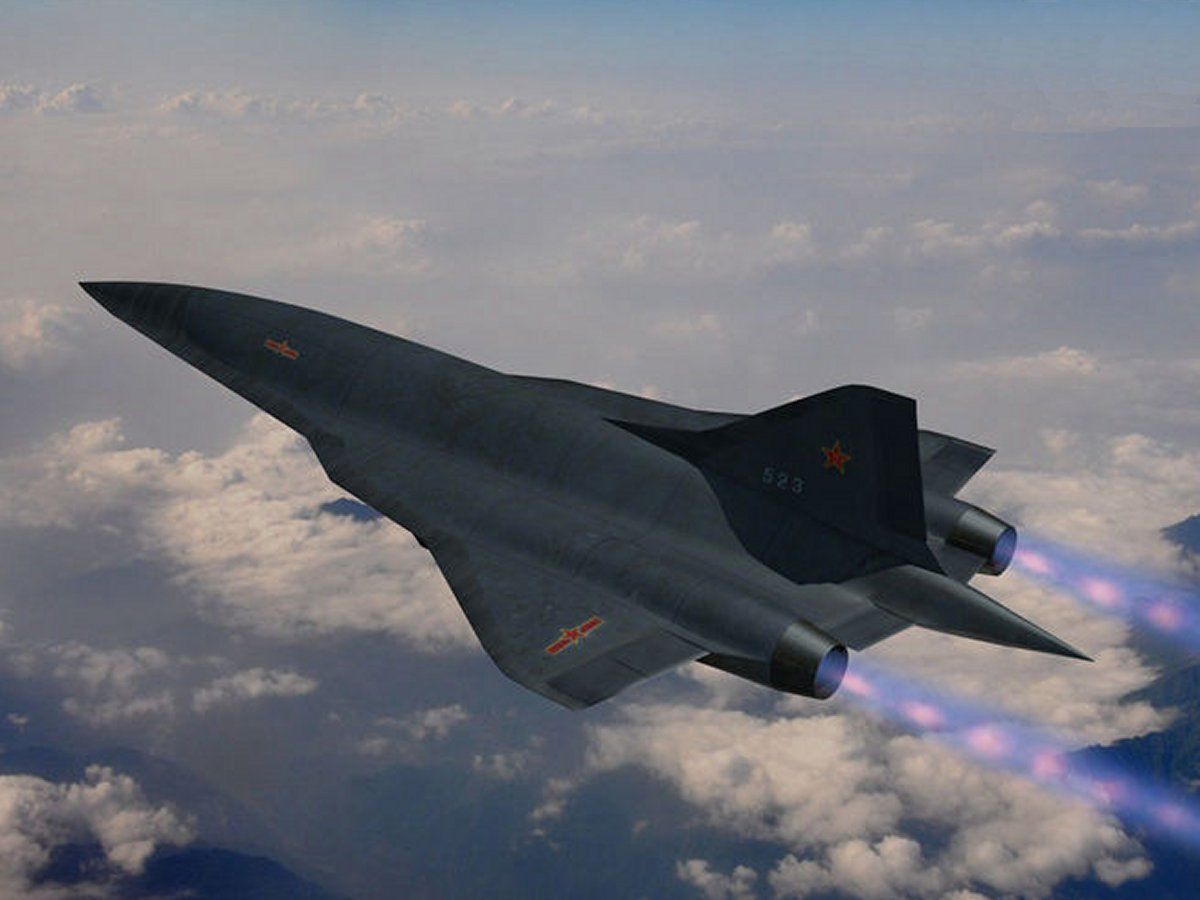

“The Chinese nation is no longer satisfied with living like a farmer who eyes nothing but his own piece of land and a family to raise. We are looking up into space now.”

This is what China’s state owned Global Times newspaper declared Upon NASA’s discovery of liquid Martian water last week. And thanks to Professor Wang Zhengou of the National Defense Science and Technology University, China has a critical piece of technology not just to get into space, but also into the global hypersonic arms race.

Scramjet engines mix together air and liquid fuel at supersonic speeds, to result in the rapid combustion that propels aircraft and missiles at hypersonic speeds over Mach 5. In September 2015, Professor Wang received an award from the Chinese Society for Aeronautics and Astronautics (CSAA) for the successful development of China’s first scramjet engine over the past decade. In fact, Professor Wang took the top billing at the 2nd China Aeronautical Science and Technology Conference (CASTC2015) Feng Ru Aviaion Science & Technology Elite Awards (Feng Ru was an early 20th century Chinese aviation pioneer). CSAA took pains to mention that the kerosene-powered scramjet engine has successfully conducted flight tests, which makes China the second nation in the world, after the American X-43 and X-51 test vehicles, to develop a working scramjet engine for sustained atmospheric hypersonic flight.

While China’s seemingly sudden success in hypersonic flight may be surprising to outside observers, hypersonic technology is a key part of the national security 863 research initiative. In spite of longstanding Chinese difficulties in building turbofan engines, scramjet engines are a vastly different and emerging field that China has a opportunity to build a lead in. Along with the successful hypersonic glider vehicle WU-14 tests (which demonstrated Chinese capability in working high strength, thermal resistant aerospace materials), China has the world’s largest hypersonic wind tunnel, the JF-12. The JF-12 can produce speeds of up to Mach 9 (NASA”s hypersonic wind tunnel reaches to only Mach 7). The JF-12 would provide Chinese scientists with a convenient way to observe supersonic airflow of different scramjet configurations, in addition to directly testing material durability in laboratory conditions, rather than having to make difficult and expensive high-altitude engine test flights.

Professor Wang’s award comes after an interesting rumor making the rounds about Chinese supersonic flight. On September 18, 2015, China Aviation News, a respected source on Chinese aerospace developments, posted an article on the successful test flight of a Mach 4+ reusable UAV testbed that used a variable cycle turbo-ramjet engine (the engine uses a turbofan/turbojet at lower speeds, but redirects air to the ramjet at speeds above Mach 2.0). In comparison, the SR-71 only flew at speeds of about Mach 3.2. However, China Aviation News quickly yanked the article in a matter of hours, suggesting that they may have inadvertently (or deliberately as a signal) posted restricted information.

If it has flown, the Chinese variable cycle engine could be combined with Professor Wang’s scramjet to form the holy grail of hypersonic flight, a combined turbine/scramjet engine. Such a combined engine would use subsonic speeds to takeoff, power the ramjet to high supersonic speeds, before transforming into scramjet mode for speeds above Mach 5. Lockheed Martin has proposed using a similar concept of combined engines for the Mach 6 SR-72, a near-space UAV, to the US Air Force.

That China has made so much progress in the new field of air breathing hypersonic flight graphically illustrates the ability of military newcomers to gain rapid advances in emerging technologies.
Thanks to Sinowarrior, John Fryer, Jeff Head and Andreas Rupprecht
CSAA 2015 Awards Professor Wang is the third entry before the bottom of the page, his entry has been shortened (possibly to conceal scramjet technical details).
You may also be interested in:
China Joins the Laser Arms Race
Updated Chinese Exoskeletons Could One Day Go Into Combat
Offset This! China’s Hypersonic Glider Flies for the Third Time this Year
Terminator like “Smart Liquid Metal” May Be First Step in New Arms Race
